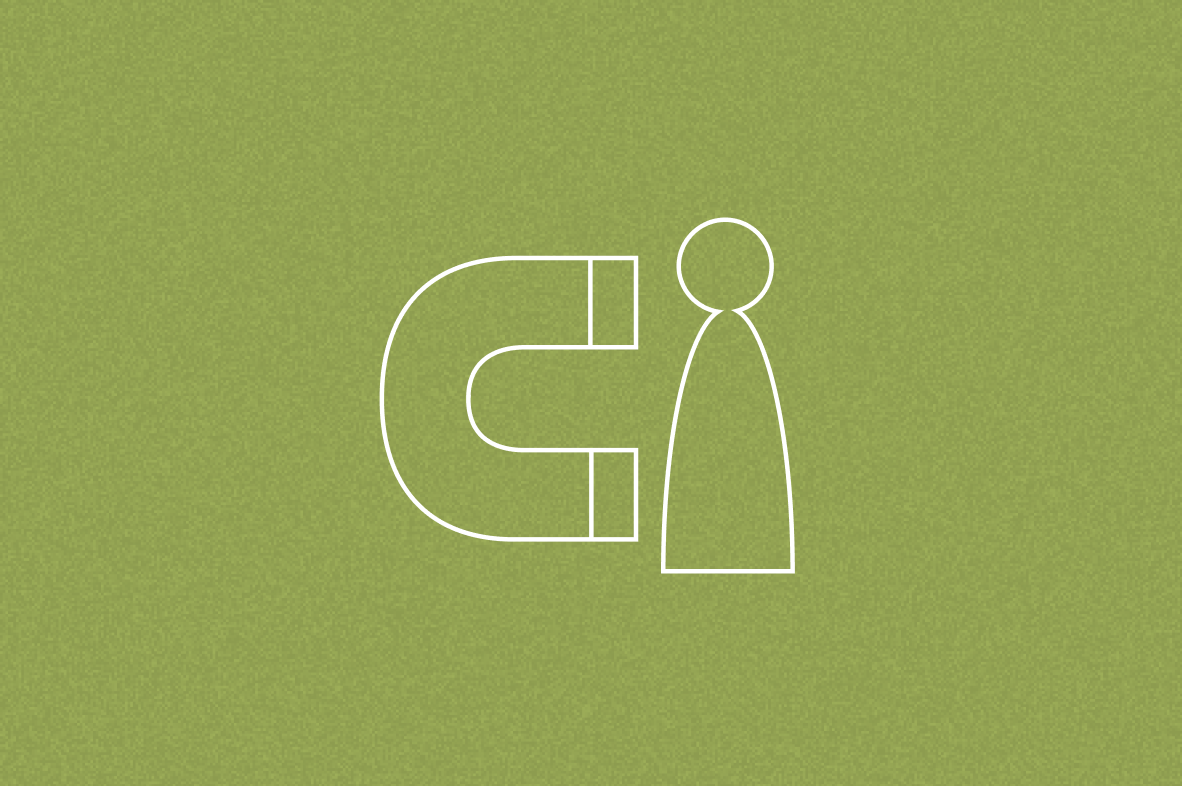Fast-Track Your Growth with the One-Page Marketing Plan | Tory Burch Foundation
Fast-Track Your Growth with the One-Page Marketing Plan
Streamline your marketing strategy and quickly convert your customers.
51,021 Views
9 Likes
5 min read
Link copied to clipboard
With so many different social media platforms and marketing channels like newspaper ads, radio ads and more, it can be difficult for entrepreneurs to hone in on the best way to attract new customers. Greenhouse’s senior growth marketing director Lauren Baideme joined our small business webinar series to help our community of founders get the most out of their marketing efforts by getting customers to help them spread the news. She introduced the one-page marketing plan, created by Allan Dibb, as an essential tool to help busy founders with little to no marketing support focus and get major results.
First, find your people.
Before you can start any marketing, you have to determine who you want to market to and what you want to say to them.
Segmentation
Start by dividing the total number of potential customers for your product or service into distinct groups, or segments. You can identify those groups by demographics (for example, women ages 18 to 25), their locations, their lifestyle habits or personality traits (example: people who listen to podcasts during their commutes) or behavioral attributes (shoppers who only shop your site’s sale section). The segment you identify for your marketing plan may not contain a demographic, geographic, behavioral and lifestyle attribute, which is fine. To get a sense of how many people you could possibly be speaking to, she recommended adding these attributes in Facebook’s Ads Manager tool.
Target
Next, you’ll have to find the people within your identified segment who are most likely to buy and like your product or service, which will probably mean you have to do some market research. “We found it helpful to use surveys, focus groups, even feedback forms at checkout counters to understand what makes your happiest customers alike, so that you can find and repeat that success,” Baideme explained.
While it’s essential to whittle down your segments, she also advised business owners and marketers not to go too far. “Really the most important thing here is that your target audience is large enough that you can scale your business. You don’t want it to be too niche that you don’t have a feasible way to reach.”
Positioning statement
Where does your product or service sit in the market? You and your team can answer that question with a positioning statement, or two sentences describing the product’s core benefits and how those compare to your major competitors. Note that you’ll use this statement internally to guide product messaging, and will likely have one for each of your audiences. Build your positioning statement with this template:
For [target customers]
Who are dissatisfied with [product they’ve used],
Our product is [product type or category]
That provides [key benefit]
Who are dissatisfied with
Unlike [competing products],
We have [features that competing products don’t have].
To see this in action, Baideme created a positioning statement for Spotify when the service launched in 2006:
For music lovers who are dissatisfied with having to pay for every song they want to hear, Spotify is a music streaming service that provides immediate access to millions of songs for a small monthly fee. Unlike iTunes, we make it easy to access all your playlists when you switch devices.
When you understand who you want to speak to and what product attributes will most likely entice them, you can then decide what methods are the best way to communicate with them.
Then create your one-page marketing plan.
Dibbs’ one-page marketing plan focuses on three major stages.
Before they know about you, or, the prospect stage
All your efforts in the before or prospect stage should be geared toward letting your ideal customers (the ones that fit into both your segment and target) know that your business, product or service exists and how it can benefit them. Think about the kinds of media you’ll use to reach them: paid, owned or earned. Paid refers to ads you buy on a social media platform or place in your local newspaper, for example. Owned media are the newsletters, blog and social media posts you make on your own channels, and earned media is the magazine write-ups, Google Business product reviews or influencer marketing that highlight your products: basically, what other people say about you that you didn’t have to pay them to say .
Though all three types of media have their uses, Baideme advised our community to spend the majority of their efforts on their owned media and building their organic audience, or the people who have joined your social media or email channels. You can get owned media into the hands (and screens) of your organic audience the quickest–no hoping that an interested person will engage with your Instagram ad.
During their discovery, or, the engage and convert phase
This section of your marketing plan is all about providing your potential customers value and gaining their trust. These activities will ideally convert them into paying customers. Create relevant and valuable content for them, like a newsletter series explaining how to use your product. Content marketing is especially powerful for B2B companies, Baideme said.
Encourage your customers, who are now really informed and excited about your product, to make a purchase using competitive and urgent offers like discounts, early-bird pricing or free trial periods. In the one-page version of a marketing plan, providing an excellent customer experience is a marketing tool, too. Consider all the touchpoints you have with them, like your website, and how you can make the process seamless and easy.
After their purchase, or the customer phase
After you’ve wowed your customers, think about how you can get them to become brand ambassadors. Plan for repeatable viral loops, where nearly every new customer brings you another without your having to do any heavy lifting. Baideme used Dropbox as an example of a company that created a viral loop by requiring users to sign up for an account in order to access files sent using the tool. You can also incentivize referrals, like offering coupons to people who refer you to their friends, or create special offers for repeat customers.
Creating your one-page marketing plan requires a holistic look at your efforts, encouraging you to build a few campaigns that ladder up into the goal of getting and keeping loyal customers. It can sound overwhelming, but it doesn’t have to be. “If you’re just starting out, especially if you’re a solo founder, or you just have a couple people, [I think] start small. If you do too many things at once, one, you’ll spread yourself thin,” Baideme explained. “Too, you might not know what’s working, because it can take a little bit to figure out how to track things.”
Help an entrepreneur by upvoting


